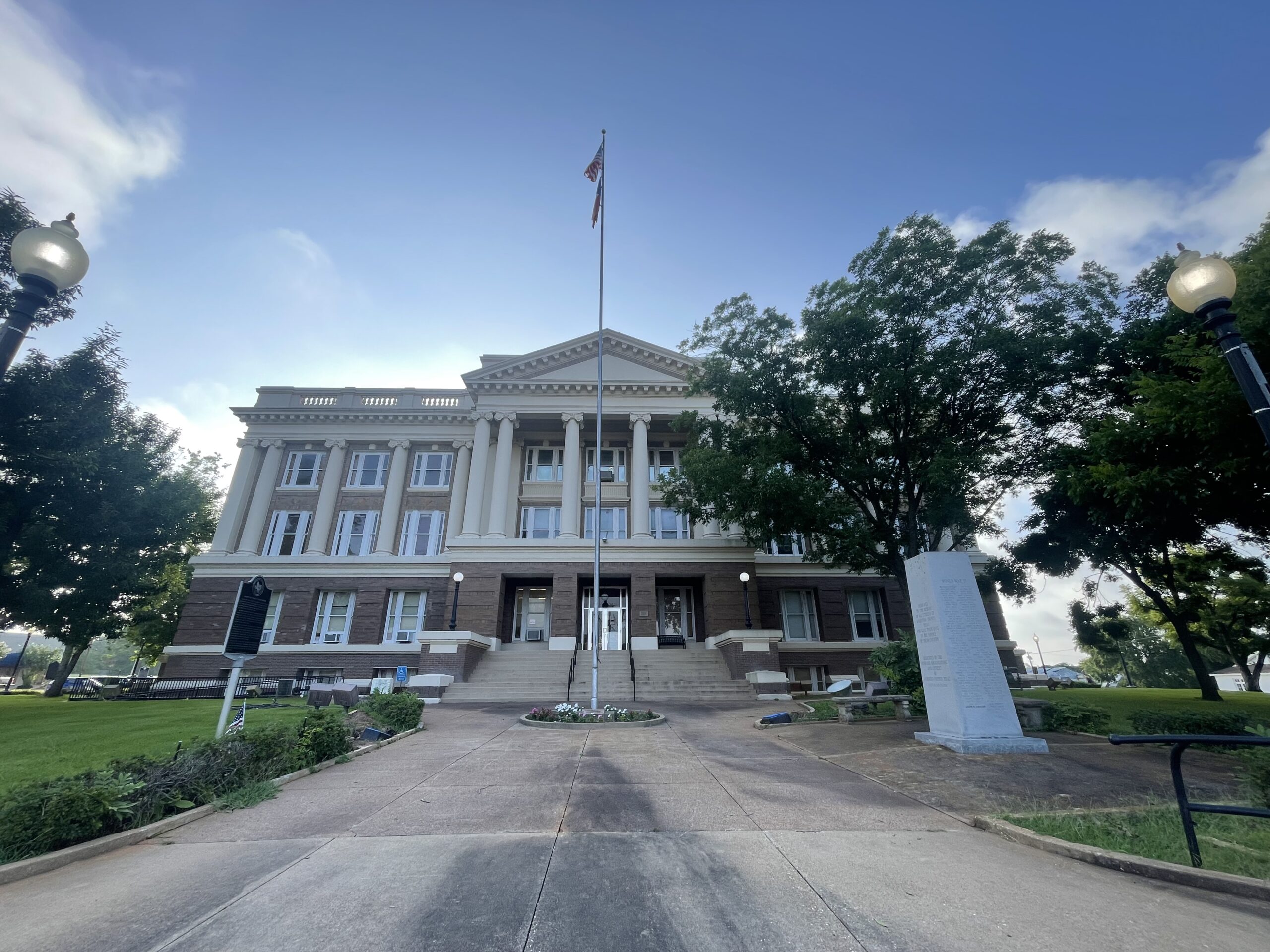ustxtxb_obs_2003_12_05_50_00005-00000_000.pdf
Page 29
legislation and the lifting of court-imposed bans, allows the National Forest Service to circumvent environmental laws previously relied upon by conservationists. Even worse, environmentalists say, is that official rhetoric couches logging as a boon to forest health and the preservation of a key endangered species. The extensive logging environmentalists fear has a long history in the National Forests of East Texas. Land for four Texas National Forests was purchased by the federal government in 1934: the Angelina, Davy Crockett, Sabine, and Sam Houston. The majority of the land was previously owned and logged by timber companies. But feeling the effects of the Depression and further burdened by taxes on property already stripped of its valuable trees, the industry agreed to sell some of its land. At that time, the national forests were intended to supply American timber markets in the event that private resources became exhausted. A small percentage of the National Forests in Texas were replanted; the vast majority regenerated on their own. Starting in the 1960s, as trees grew to marketable size, clear cutting became big business in the public forests of East Texas. But the biological damage brought on by clear-cutting techniques created a national outcry. Spurred by the environmental movement and concern over the dwindling amount of natural spaces left in the United States, public attitudes toward the national forests began to shift toward conservation. The agency that runs the forests, however, was founded on the principle of timber production, and since the 1960s, 30 percent of Texas forests have been clear cut and replanted, resulting in monoculture stands of pine trees. For the last 15 years, environmentalists have been successful at keeping loggers out of a large portion of the Texas National Forests. In 1988, organizations dedicated to protecting an endangered woodpecker attained a tenuous status quo, via court injunction, that minimized clear cutting on almost half of East Texas’ National Forests. In the decade following the injunction, logging on National Forests in Texas dropped by 90 percent. But the future of Texas forests may soon emulate the uniform pines found on Boulware Road. A recent court decision and the Bush Administration’s deceptively named Healthy Forests Initiative create a culture of forest management that favors timber company handouts and limits public involvement. The result, conservationists fear, will be distinctly unhealthy Texas National Forests. In July of this year, a federal district court based in Lufkin lifted the moratorium it had placed on commercial timber sales more than a decade ago. The injunction, which extended to the 40 percent of Texas public forests inhabited by redcockaded woodpeckers, resulted from a lawsuit alleging that the National Forest Service was in violation of the Endangered Species Act. The court found that commercial clear cutting in the Texas National Forests was hastening the population decline of the endangered woodpecker. This past summer, however, the court accepted a new plan put forth by the Forest Service that promises to shape the forest into ideal woodpecker habitat. Since the new red-cockaded woodpecker management plan allows commercial timber sales and variations on clearcutting techniques, East Texas environmentalists fear that the Forest Service’s newfound affinity for the woodpecker is no more than cover for a covert logging operation. A year before the court lifted its injunction, and thousands of miles away, several western states faced what has become an almost annual bout of severe forest fires. In the summer of 2002, amidst a backdrop of six million charred acres, President Bush revealed his Healthy Forests Initiative. The Administration describes it as an efficient new way to protect local communities from wildfires by reducing ignitable pine needles, shrubs, and dead limbs that cover the ground in the National Forests. Environmental advocacy groups have replaced the word “Healthy” with “Stealthy” to describe their take on Bush’s initiative. They consider it a huge giveaway to the timber industry that will have no effect on communities facing a fire threat. Following the president’s 2002 announcement, Congressman make the president’s plan law and Bush issued an executive order for Healthy Forest Initiative Pilot Projects to begin. Ten test sites were chosen nationwide to implement the new “streamlined” Forest Service policy and create a model of efficient “fuel reduction.” One of the pilot projects is in the Boswell Creek Watershed of the Sam Houston National Forest, about 10 miles southeast of Huntsville, Texas. \(Last month, on the court decision to lift the clear-cutting moratorium and the local pilot project, Texas conservationists are scrambling. Their task is to combat policy changes that both nullify their past work and that leave them impotent to challenge future logging. “Basically, it is open season on public forest land,” says Brandt Mannchen, Forest Task Force chair for the Houston Sierra Club. The red-cockaded woodpecker is about eight and one half inches in length, with a black-and-white barred back and white cheek patch. Two red tufts, although rarely visible, adorn the adult male’s head. The beauty of the red-cockaded woodpecker is not in his plumage, but in the painstaking architecture of his home. The bird requires open, mature pine or pine-oak woodland habitat. Its nesting cavity is laboriously pecked out of a large living pine tree that has succumbed to heartwood disease. Once the cavity is bored \(a process that takes between one and six the woodpecker drills tiny holes around the opening, causing pine pitch to flow from the sapwood layer and coat the tree trunk. The result is a greased-pole security system to prevent egg-snatching and other predator mischief. Each colony requires about 120 forest acres, and generations have been known to use the same nesting cavity. The female Picoides borealis is a wanderer though, keeping the gene pool from becoming stagnant. With habitat loss and fragmentation, the red-cockaded woodpecker’s numbers have continued to decline since it was first listed as endangered in 1972. Once living as far north as New Jersey, it is now rarely sighted outside of the Gulf Coast states. The 12/5/03 THE TEXAS OBSERVER 5


